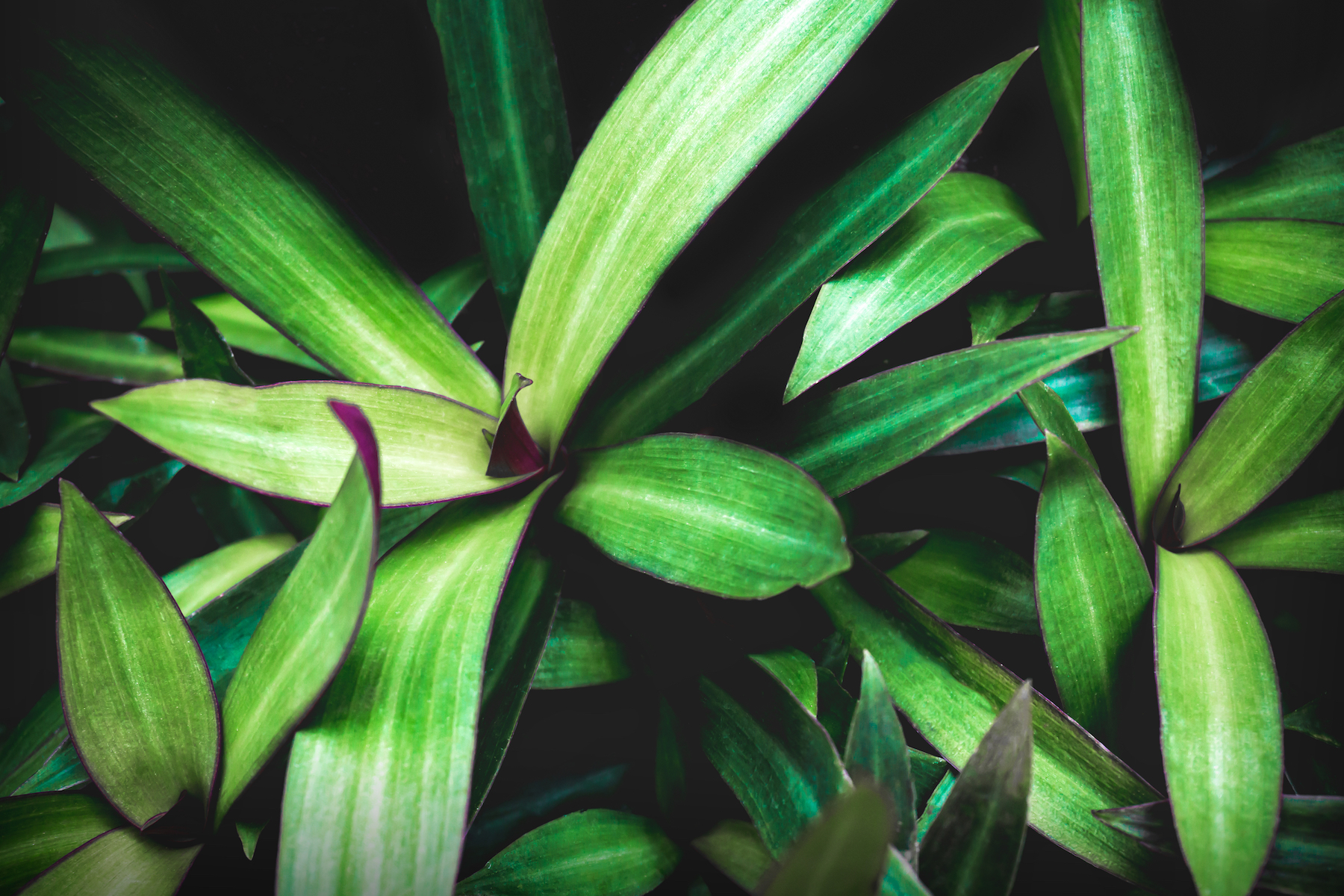
Why are some plant leaves massive, while others can be tiny?
A recent study from Macquarie University in Sydney, Australia has shed new light on why plant leaves come in such different sizes, a variable that until now has largely been based on speculation.
Prior scientific research found that warm, tropical regions of the globe with high levels of precipitation have larger leaved plants, while arid mountain regions contain small leaved plants.
Plants that are not at risk of overheating can spread out, which is why jungle plants have such enormous foliage because the high levels of rainfall keep the plants cool. Conversely, in drier regions, plants keep their leaves contained.
However, the new Macquarie University study, led by Dr. Ian Wright and published in the journal Science, found that this is only part of the reason that plants differ in leaf size.
“Our work shows that in fact if there’s enough water in the soil then there’s almost no limit to how large leaves can be,” Wright told BBC News.
The study also found that leaf size is not only determined by the likelihood of overheating, but also by the possibility of freezing. In fact, after examining over 7,000 plant species from all over the globe, Wright found that the freezing factor may be the main driver of leaf size.
“What we’ve been able to show is over perhaps as much as half the world, the overall limits to leaf size are much more set by the risk of freezing at night than the risk of overheating during the day,” said Wright.
Wright’s research is an important addition to science’s continual mission to understand how plant life will react to climate change and what measures need to be taken to protect and preserve as many species as possible.
—
By Kay Vandette, Earth.com Staff Writer













